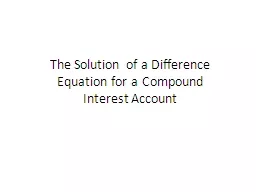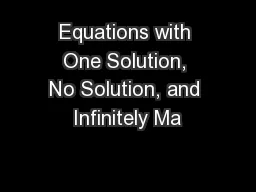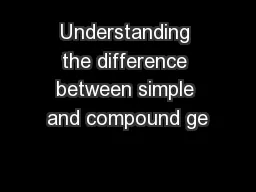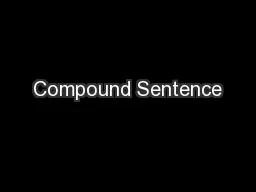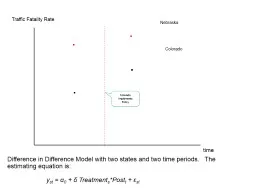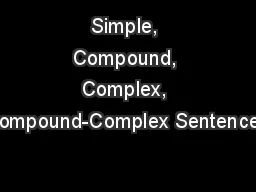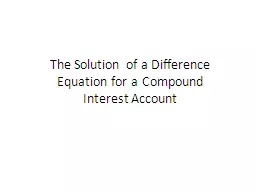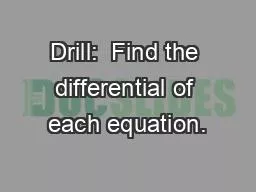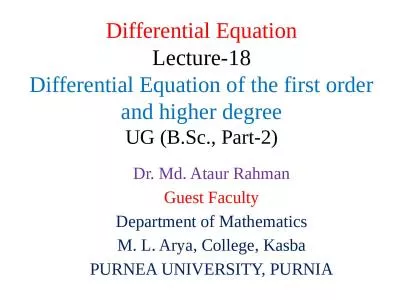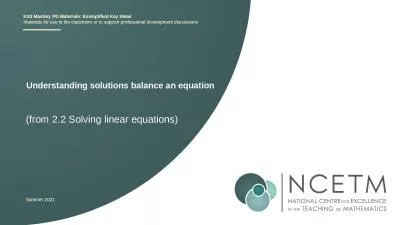PPT-The Solution of a Difference Equation for a Compound
Author : ellena-manuel | Published Date : 2016-03-21
Interest Account Basic Compound Interest Formula Recall that the new balance of an account that earns compound interest can be found by using the formula B new
Presentation Embed Code
Download Presentation
Download Presentation The PPT/PDF document "The Solution of a Difference Equation fo..." is the property of its rightful owner. Permission is granted to download and print the materials on this website for personal, non-commercial use only, and to display it on your personal computer provided you do not modify the materials and that you retain all copyright notices contained in the materials. By downloading content from our website, you accept the terms of this agreement.
The Solution of a Difference Equation for a Compound: Transcript
Download Rules Of Document
"The Solution of a Difference Equation for a Compound"The content belongs to its owner. You may download and print it for personal use, without modification, and keep all copyright notices. By downloading, you agree to these terms.
Related Documents

